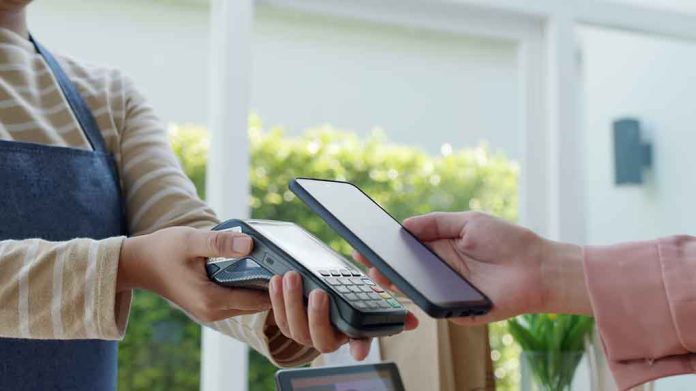
(AscendHealthy.com) – Food insecurity is a struggle for many American households, especially those that contain senior citizens. Older Americans are especially at risk of hunger and malnutrition resulting from a lack of food. The pandemic’s effects increased the desperation and delay many seniors experience when it comes to food, and many older people aren’t able to regularly eat thanks to lack of income and access to the social services they need and deserve.
A survey report entitled “Feeding America: The Impact of the Coronavirus on Food Security in 2020 and 2021” indicates that food insecurity increased by a shocking 58.8 percent among America’s oldest citizens. This means that almost 5 million adults could suffer major nutritional problems because they can’t access food and food supplements.
If you are a senior or know one who is struggling, you should know about the additional nutrition and food assistance programs available to seniors. Unfortunately, some older adults don’t know about these programs and therefore aren’t taking advantage of them. Here are a few ways older adults can increase their food benefits and make the most of what they’re getting.
First Action: Apply For SNAP — Supplemental Nutrition Assistance Program
Formerly known as food stamps, SNAP is the largest food assistance program the federal government has ever undertaken. Its goal is to combat hunger as it affects vulnerable groups, including older Americans.
Most beneficiaries of SNAP receive about $104 per month, which they can use to shop at grocery stores, convenience stores, and a few other types of retailers.
While this program benefits seniors everywhere, only 48 percent of them are enrolled in the program. Many assume they are ineligible or that it’s really difficult to get through the SNAP application process, when in fact, applying for SNAP is often easier than submitting tax information and requires many of the same figures.
Once enrolled, SNAP participants get an Electronic Benefits Transfer Card, or an EBT card. This functions like a debit card and the program reloads it monthly.
Second Action: Become Involved With the Senior Farmers Market Nutrition Program (SFMNP)
SFMNP is directly intended as a SNAP supplement. It helps people 60 years of age and older get fruits, vegetables, and herbs that are grown locally. They can use the benefit at roadside stalls, agricultural community centers, and farm produce markets. It also helps the local economy by supporting farmers and growers of locally owned food.
SFMNP goes from July 1 to October 31 yearly. It’s available to low-income older citizens.
Third Action: Join the Commodity Supplemental Food Program
Have you ever heard of the Senior Food Box Program? This is the same thing! Each month, eligible seniors get a box of supplements valued at $50. These boxes contain food meant to benefit people receiving food from other sources like SNAP, and helps support complete, nutritious meals.
The Commodity Supplemental Food Program is available to seniors 60 years old and above. To ensure a complete and healthy diet, eligible seniors should enroll.
To maximize nutritional benefits, low-income seniors should take advantage of these programs. Many seniors require awareness and assistance when it comes to getting the food they need, so if you’re living in a household with a senior or know a senior who isn’t handy with the internet, please tell them about these food programs and help them apply if they’d like. These benefits can provide financial and stress relief to families helping older citizens stay afloat.
Remember: most of these food assistance programs are meant to be used in concert with each other and other assistance provided by the government. To maximize your benefits, take advantage of multiple programs to ensure your cupboard stays full.
Copyright 2023, AscendHealthy.com




















